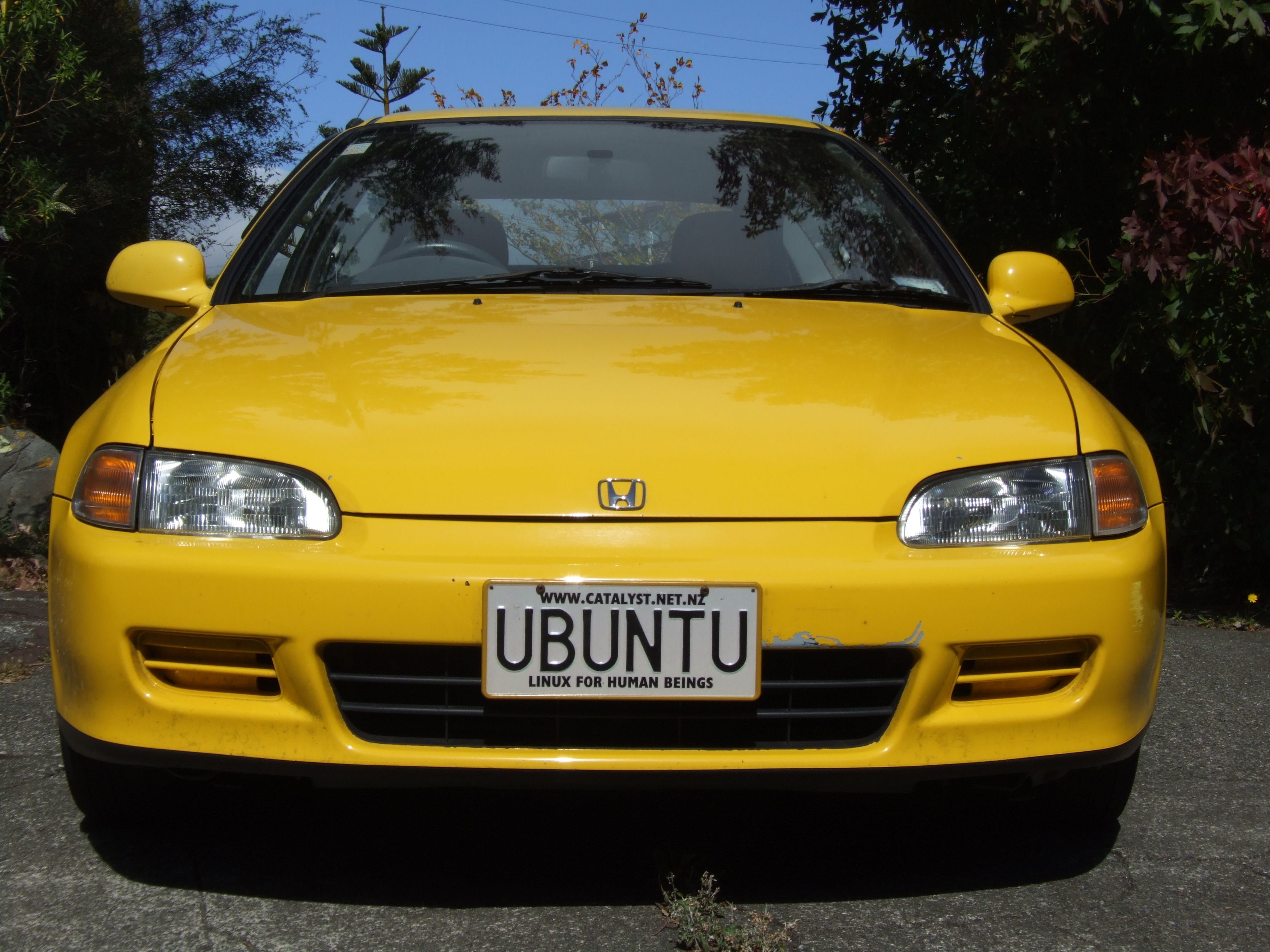A Guided Comparison of Blue Book Car Values – NADA, KBB and Edmunds
Anyone who has been on the lookout for a used car has most likely already encountered the handy “blue book car value” system of finding relative market prices for their desired models. While the blue book value of used cars isn’t always very accurate in determining the final amount that you’ll pay for your used car, prospective buyers can nevertheless get a great ballpark figure on the trade-in or retail value of a used car quickly.
So, with three major blue book car value guides out in the market today, how does one choose the right one? The blue books have seemed to gain popularity in various geographic distributions with Kelley's blue book being more popular in the eastern states, while the Nada guide is more recognized in the Western states. That still leaves us with the Edmunds guide, which is the youngest of all three and is slightly slanted towards buyers providing a well-rounded average price for many models of used cars.
Problems with the Blue Book Value for Used Cars
The very idea of using a blue book for determining the value of a used car is already speculative by its very nature. The blue book value for used cars is merely the value of a car that matches an ideal, almost unrealistic set of conditions based on a concrete point in time – and when you add fluctuating market conditions to the mix, you have a recipe for disaster! There are simply too many factors that can get in the way of an accurate assessment.
One major problem with using the blue book car value for used cars is that there can be enormous discrepancies between the prices listed in each book. Often, these are in the thousands of dollars and can become even more pronounced when you factor in any renovations that had been made on the used car.
Everyone usually has vested interests when choosing the book that serves them best. For example, the blue book car value lists the 2006 Audi A3 Wagon 4D model for over $8,000 using the NADA and Kelly Blue Book guides, but less than $7,000 that using the Edmunds guide. A dealer will naturally prefer the first two guides; while the buyer will be tend to gravitate towards the last option.
So, what happens when buyer and seller meet? While both the buyer and the seller may feel that they are armed with knowledge from the use of their blue book car value guides, inevitably the market itself will have the final say as to what their car will actually be sold for.
The Three Major Types of Blue Books
Kelley Blue Book is the most popular blue book car value guide among dealers, being the longest running guide of all three. For over 80 years now, it has helped dealers find the overall value of a used car by factoring in the car’s overall condition, mileage, any built-in components and the location where the car is located. Built-in equipment can dramatically change the value of a used car, which is what makes this blue book unique. The NADA Guides and Edmunds Blue Book Value for Used Cars have different methods of calculating the value of a car usually based on the actual sales prices found in your area. All three blue books guides have excellent online tools that can quickly evaluate the average market value of your car based on its model, make, year and condition.



